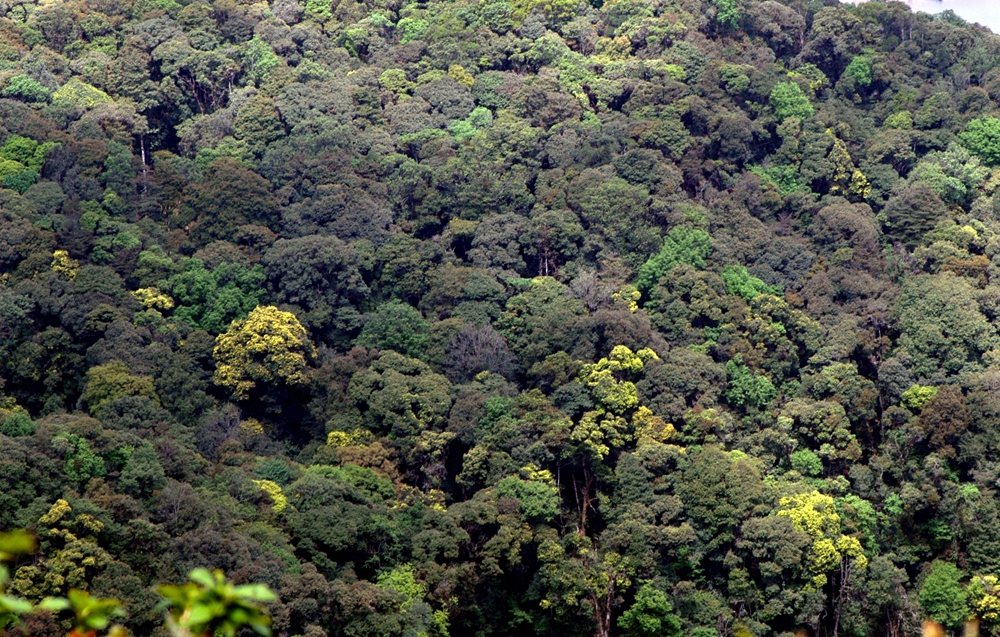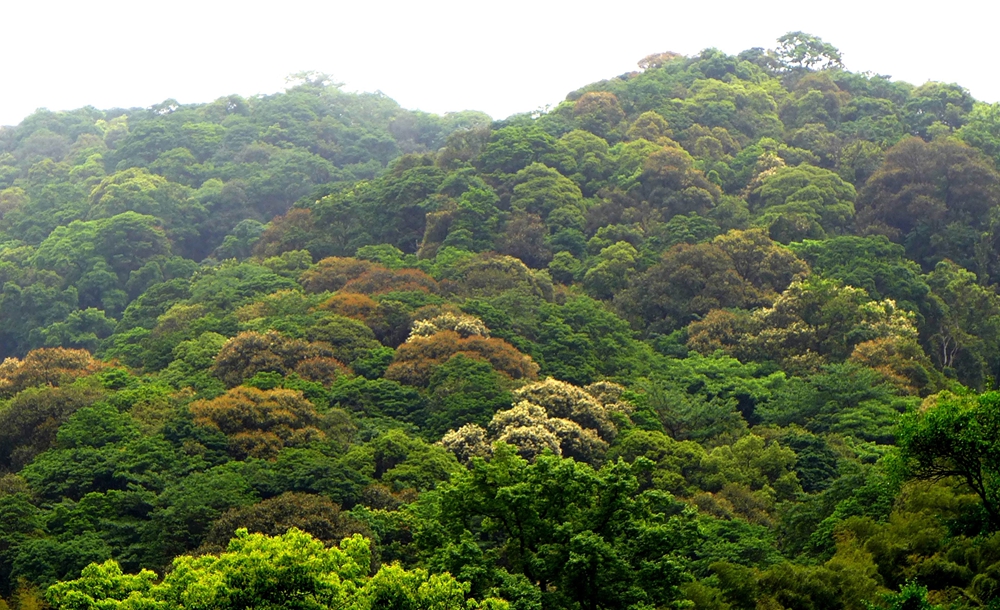The origin and evolution of the East Asian subtropical evergreen broadleaved forests have been debated. There are still many controversies on the origin and evolution of the East Asian flora, especially its evolutionary process and key factors affecting the evolution—the formation and intensification time of the East Asian monsoon. In addition, there are also disagreements on the phylogeny of some important taxa, the revelation of biogeographic studies, and paleobotanic evidence.
In a study published in Plants, Profs. ZHU Hua and TAN Yunhong reviewed findings closely related to the origin and evolution of East Asian flora and its subtropical evergreen broad-leaved forests from multidisciplinary literature. They particularly try to understand the occurrence of the evergreen broad-leaved forests of East Asia from geological and climatic histories, phylogenetic and paleobotanical findings, as well as the less known floristic elements.
Combined with existing paleobotanic findings, Himalayan-Tibetan uplift theory, and time inference of monsoon climate formation and intensification, they conducted an integrated analysis of the plant floristic components of East Asian subtropical evergreen broadleaved forests.
They propose that the formation and intensification of monsoon climate induced by the uplift of the Himalaya-Tibetan Plateau played a key role in the evolution of East Asian subtropical evergreen broadleaved forests.
They suggest that the subtropical evergreen broadleaved forests in southeastern East Asia evolved from tropical rainforests in Asia after the middle Miocene. The subtropical evergreen broadleaved forests in southwestern China are older, and their plant floristic components may have been basically formed during the Oligocene and gradually evolved into the present subtropical evergreen broadleaved forests in southwestern China over time.
"We believe that this review will draw attention to the intriguing and debatable origin and evolution of East Asian flora and its evergreen broad-leaved forests,” said Prof. ZHU Hua of XTBG.
Contact
ZHU Hua Ph.D
Center for Integrative Conservation, Xishuangbanna Tropical Botanical Garden, Chinese Academy of Sciences, Menglun, Mengla, Yunnan 666303, China
E-mail: zhuh@xtbg.ac.cn
First published: 16 April 2024

Subtropical evergreen broadleaved forest in Ailao Mountains in Yunnan. (Image by ZHU Hua)

Subtropical evergreen broadleaved forest in Tiantong Mountains in Zhejiang. (Image by ZHU Hua)


